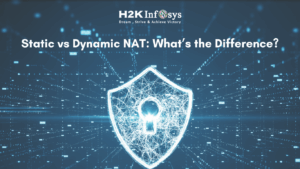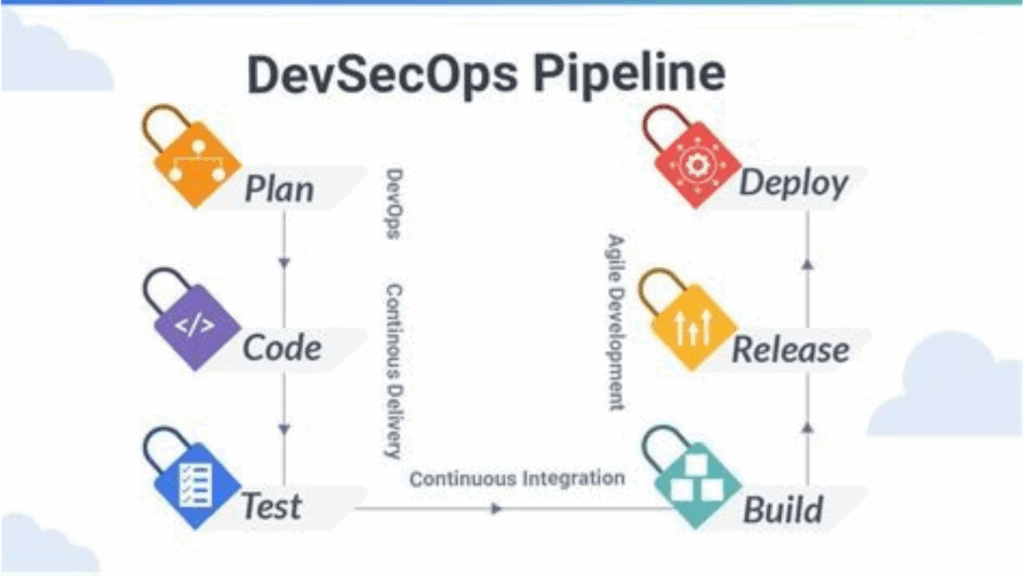The technique of managing cybersecurity issues inside an organization’s environment is known as incident response (IR). This includes spotting prospective cyberattacks and other security incidents, looking into them, containing them, fixing them, and recovering from them.
The procedure through which a company handles a potential cyberattack is known as incident response. It covers everything from doing a preliminary investigation of the occurrence to getting things back to normal when the threat has been removed.
Organisations must be able to manage cloud security issues as they adopt cloud computing and move data and applications to cloud environments. The method of handling these problems in a setting very different from the on-premise, privately owned systems that many firms are used to managing is known as cloud incident response. Check out the cyber security training online to learn more.
Why is Incident Response Important?
Cyberattacks are becoming more frequent and present a threat to businesses of all sizes and in all sectors. Any firm has to have the tools and procedures necessary to manage a cybersecurity event effectively since any organisation could become the target of a data breach or ransomware assault.
The ability to assess an incident’s breadth and impact and take corrective action is one of the reasons incident response is crucial. After the threat has been removed, incident responders will look into the intrusion, confine and clean up compromised systems, and return everything to normal.
If the organisation is prepared to manage it effectively, incident response can have a significant impact on the cost of a data breach or other cybersecurity issue. Companies with incident response teams and a tested incident response plan have an average data breach cost 54.9% lower than companies without either of these.
The Incident Response Process
Incident response aims to move an organisation from having little to no knowledge of a potential incursion (other than the fact that it exists) to full cleanup. This goal’s accomplishment is divided into six distinct stages:
- Preparation: An efficient incident response and the reduction of the cost and effects of a cybersecurity incident depend on preparation. An organisation should establish an incident response team, and define, and test an incident response plan that specifies how each stage of the incident response process should be handled. This is done to get ready for incident response.
- Identification: The team has little to no knowledge regarding the extent of the breach because incident response starts with the detection of a possible event. Incident responders look into the potential threat during the identification step to determine what has happened, affected systems, potential regulatory impacts, etc.
- Containment: The incident response team isolates a system that has been affected by the incident from the rest of the network after identifying it. In order to accomplish their objectives or increase the impact of the attack, cyber threat actors and their malware frequently try to travel laterally within the corporate network. Early quarantine of infected systems aids in reducing an attack’s cost and harm.
- Eradication: At this stage of the procedure, the incident response team has finished its investigation and is confident that it fully comprehends what happened. The incident responders then attempt to eradicate the pathogen completely from infected systems. This can entail eradicating malware, eliminating its persistence methods, or completely wiping and restoring the compromised system from clean backups.
- Recovery: The incident response team may scan or continue to keep an eye on the compromised systems after the virus has been removed to make sure it has been completely removed. The machines are then returned to normal functioning by removing the quarantine and isolating them from the rest of the business network once this is finished.
- Lessons Learned: Because something went wrong, cybersecurity incidents happen, and it’s vital to keep in mind that incident response doesn’t always go off without a hitch. The incident responders and other involved parties should conduct a retrospective after the issue has been resolved in order to find any security holes and flaws in the incident response strategy that might be rectified to lower the likelihood of future occurrences and enhance incident response.
The Benefits of Outsourced Incident Response Services
Rapid action by seasoned responders during an incident maximises effectiveness. Organisations frequently lack the funding necessary to maintain a fully staffed incident response team on duty all the time. Working with a company that offers specialist incident response services is one solution.
Several advantages result from this, including:
- Availability: The cost and damage of an assault on an organisation are reduced the earlier an incident response team begins working. Cybersecurity issues can happen at any time, and getting in touch with incident response team members after hours may be challenging. Multiple teams will be present at specialised incident response providers, improving coverage and availability.
- Experience: An organisation’s costs and harm may grow if a security incident is handled improperly. For instance, ransomware assaults can make affected systems unstable, which increases the risk that the encrypted data won’t be recoverable after a restart. Professional incident responders are equipped with the essential knowledge to manage a security issue effectively.
- Specialised Knowledge: Specialised knowledge, like that of forensic investigation or malware reverse engineering, is frequently needed for incident response. The majority of businesses don’t need these skill sets on staff, but a qualified incident response team will have access to the experts it needs to address any cybersecurity crisis.
- Managing the Entire Incident Response Process: All of an organisation’s incident response requirements should be met by an outsourced incident response provider. This entails getting ready for incident response, handling identified intrusions, and trying to lessen such attacks in the future. Let’s examine each step in detail:
- Preparation: Before an incident happens, a competent Incident Response Team must be able to offer help, including but not limited to:
- Incident Response Planning
- Tailored “Threat” Consulting
- Table Top Exercise
- Policy Creation
- Intelligence Sharing
- Attack Surface Evaluation
- Customised Threat Management
- SOC Training/Playbook Creation
- Response. The incident response team should oversee the whole incident response procedure once a danger has been discovered, including:
- Attack Mitigation
- Full Incident Handling
- Malware Forensics
- Endpoint/Network/Mobile Forensics
- Threat Intelligence
- Attack Landscape Analysis
- Full Actionable Reporting
- Mitigation. Discovering, correcting, and preventing unknown risks are all part of true threat detection and response, which goes beyond handling known security issues. A company that outsources incident response should additionally provide:
- Domain Takedown Services
- Compromise Assessment
- Threat Hunting Engagement
- Active Actor Management
- Attack Disruption Services
Conclusion You can learn more about Incident Response by checking out the cyber security course online.



























